BIDDEFORD — A historic clock tower that sat rotting on the side of Lincoln Street for seven years will be moved to another downtown location Thursday, the first careful step in an effort to restore the structure to its original glory.
The Lincoln Mill clock tower once called thousands of workers to the city’s textile mills and more recently generated complaints about its condition and appearance in the downtown. A crane will hoist the tower late Thursday and navigate it around power lines and buildings onto private property around the corner. The operation will be delicate, but cheered by residents and city officials who banded together to raise more than $25,000 to save it from being destroyed.
“Everyone in the city who has found it a bit of an eyesore will be able to breathe a sigh of relief,” said Jeff Cabral, president of the Biddeford Mills Museum board.
The clock tower came close to being demolished last September after the city got a court order that allowed it to fine the Lincoln Mill owners $100 a day if the tower was not removed to comply with city codes. Dumpsters were brought to the site to collect pieces of the tower when George Collord, a local expert on industrial history, stepped in to save it. He bought the clock tower from the Lincoln Mill owners for $1, then posted a $5,000 bond to ensure its removal.
In May, the City Council gave Collord until Sept. 2 to move the clock tower from the side of Lincoln Street or the city would have it dismantled and removed.
An online crowd-sourcing campaign raised about $5,700. An anonymous $10,000 donation was matched by a $10,000 gift from the Sam L. Cohen Foundation.
The fundraising campaign centered on a video produced by current and former Biddeford High School students which documented the history of the clock tower. The tower was removed from the mill building in 2007 and stripped of its bell and weather vane. The clock tower was built around 1853 and moved to the top of the Lincoln Mill from a nearby building sometime in the 1880s or 1890s.
“It will be in the shadow of the Lincoln Mill, but people will be able to see it and enjoy it,” Collord said Tuesday.
The delicate operation of lifting the tower from its resting spot between the sidewalk and mill will begin around 8 p.m. Thursday to minimize the disruption of traffic downtown. Crews from Daryl Gushee Rigging and Heavy Hauling of New Gloucester plan to hoist the 15,000-pound tower onto a flatbed trailer.
Lincoln Street will be closed for about three hours while the crane is being used to lift the tower over power lines. The short drive down Main Street to bring the tower to the Pepperell Mill Campus will take about an hour.
The tower will be kept near the mill’s large parking lot while it is restored. A second fundraising campaign will be launched soon to complete the restoration. Collord would like to someday move the tower to a public park where people could see it up close.
“If all else fails and the city doesn’t want to have it in a park, that could be its final resting place for when it’s fully restored,” said Scott Joslin, COO of the Pepperell Mill Campus.
As excited as Collord is about the move, he also is anxious to return a working clock to the tower. The clock was removed and dismantled when the tower was removed from the mill, then stored in the basement of the Lincoln Mill. Collord holds out hope he’ll someday be able to find and buy the original bell and weather vane.
The tower clock, made by the E. Howard Co. of Boston between 1868 and 1872, was wound each week when the clock sat atop the mill.
“The world does not know about the existence of this,” Collord said. He spent 16 hours during the past week stripping off grease and piecing the clock back together.
Collord has one set of arms for the clock, which he will use to make replicas to replace the missing arms from the tower’s three other faces. The arms and numbers will all be coated in gold leaf.
But before that happens, Collord said restoration work will focus on repairing the clock tower’s roof before winter. Though the tower is now covered in peeling paint, Collord said it fared remarkably well during its years on the ground. He has already replaced rotten boards and supports to make the tower itself stable enough to move.
“This clock, with the proper repair, will run another 100 years in that tower,” he said.
Collord gets emotional when he thinks about the clock tower’s move and its role in the city’s industrial history.
“There’s something behind all this,” he said, his eyes filling with tears. “It’s the symbolic resurgence of everything that was the best about this place.”
Send questions/comments to the editors.


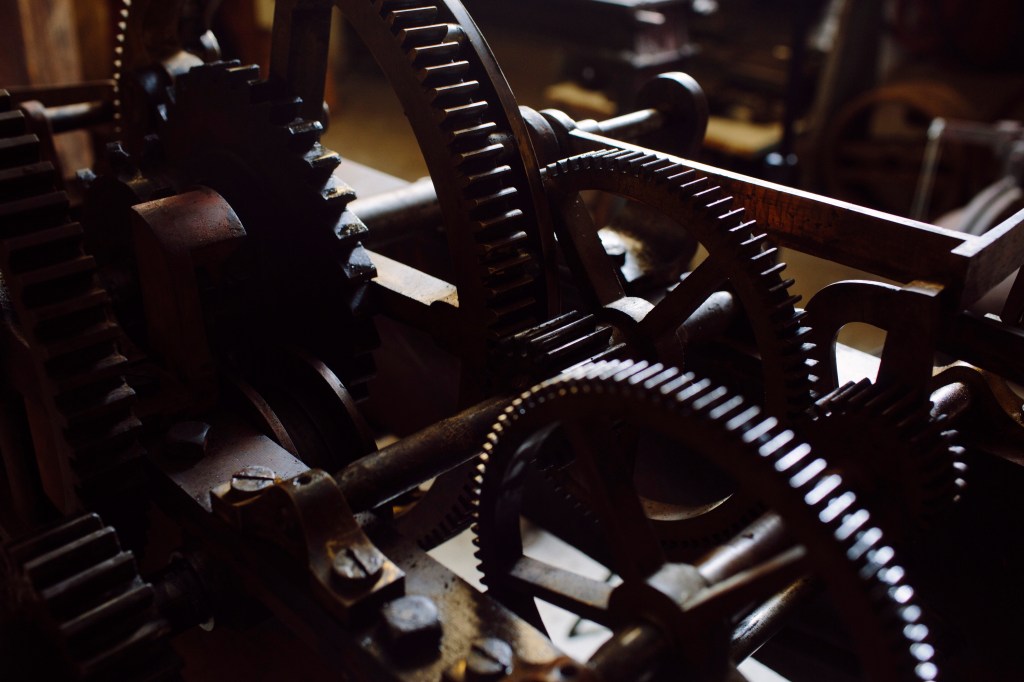
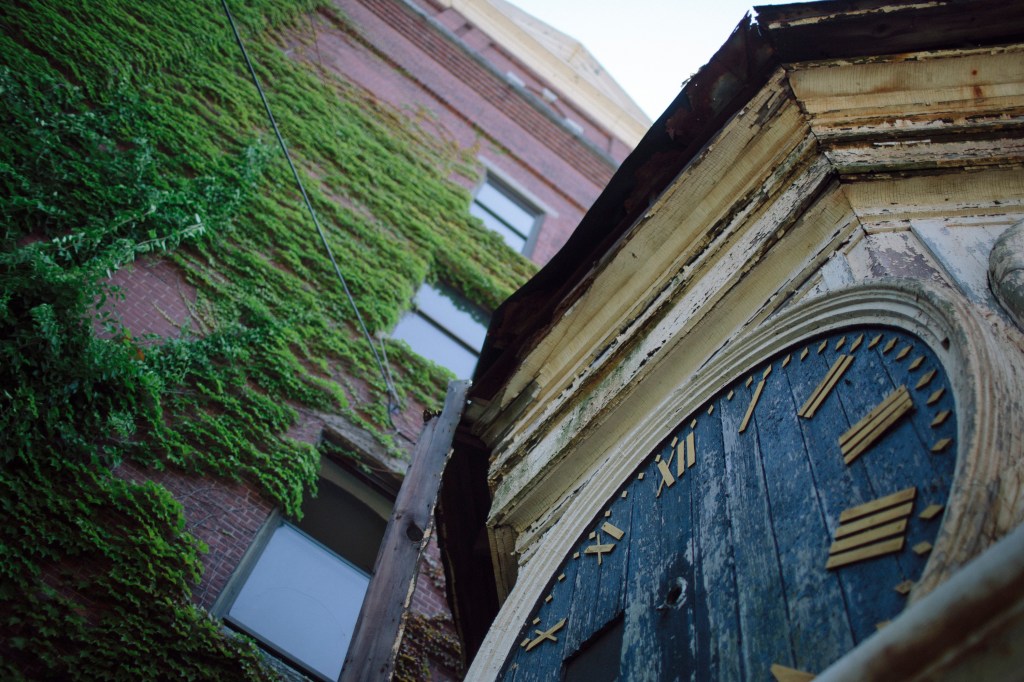
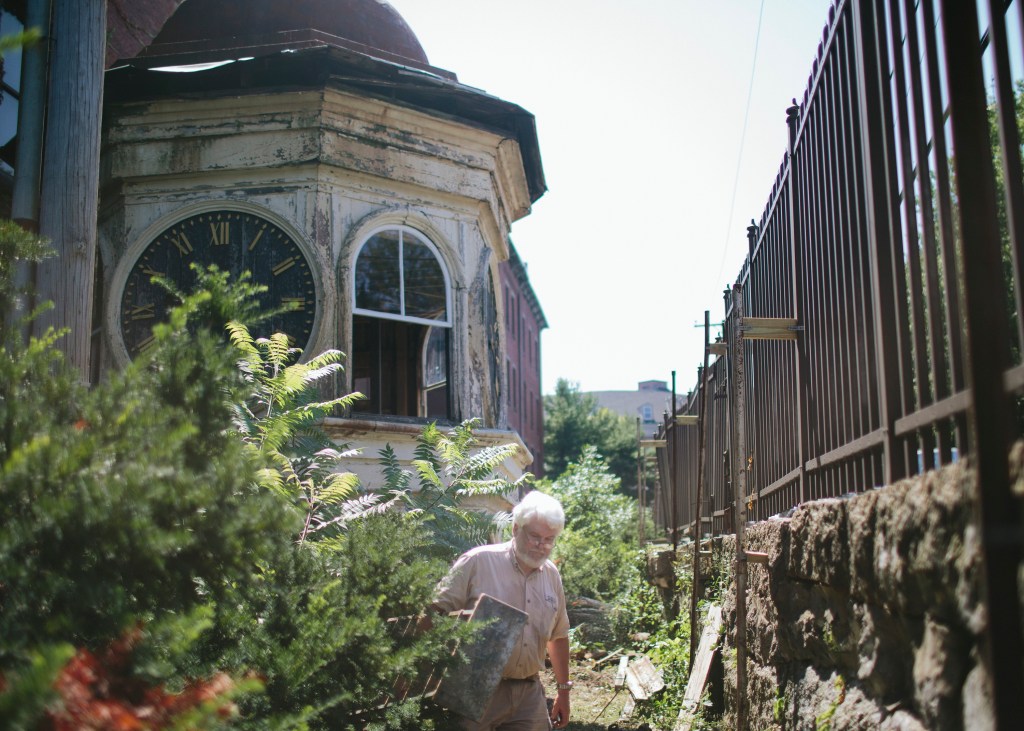
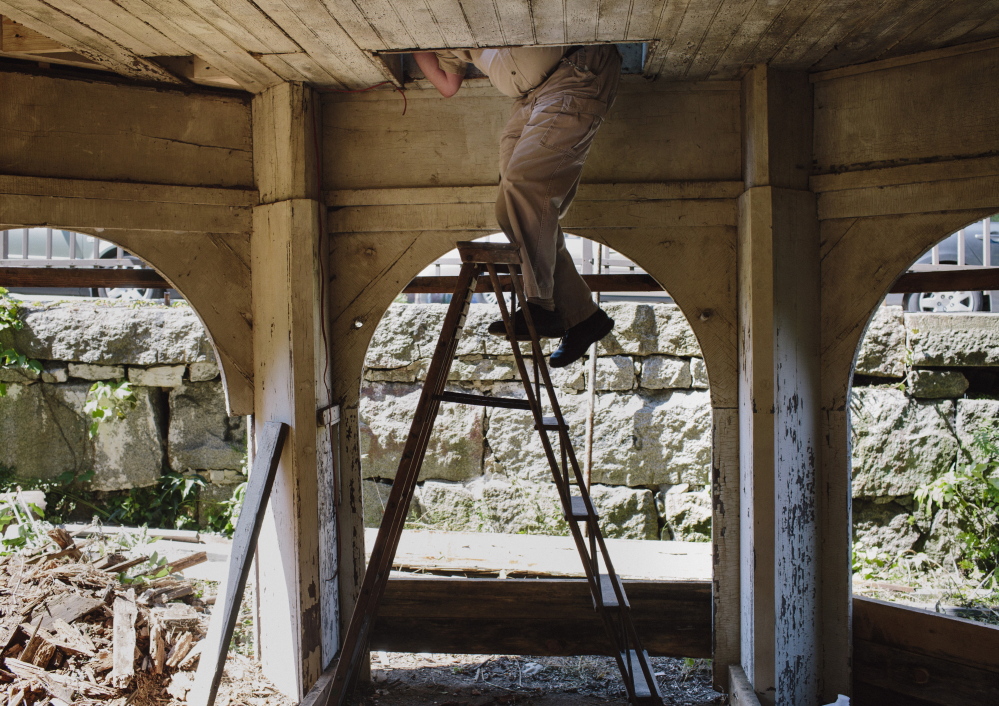
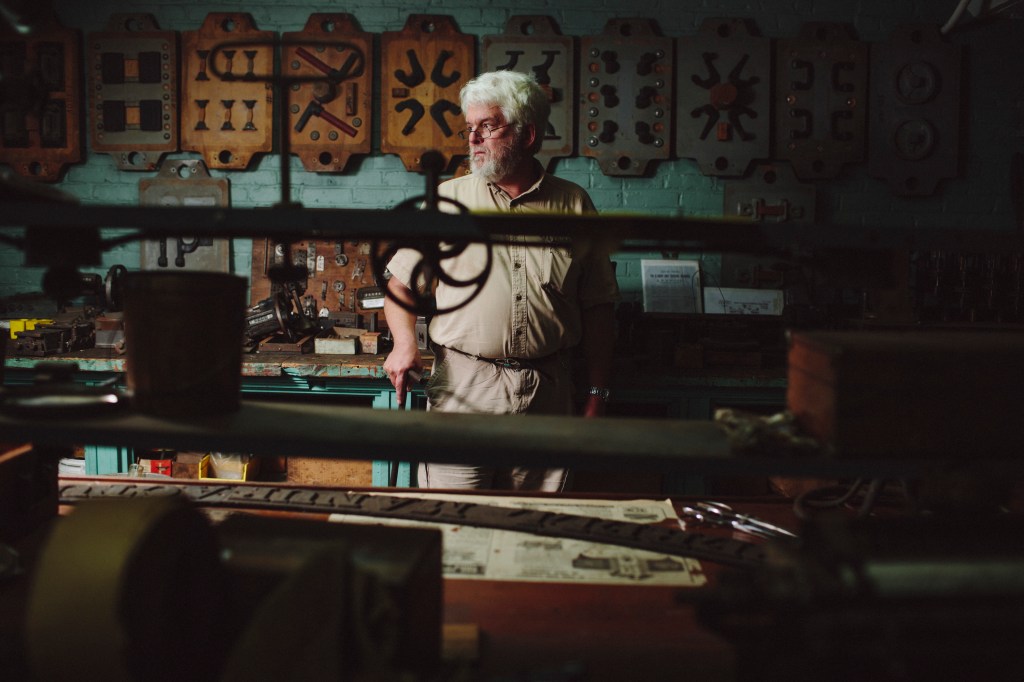
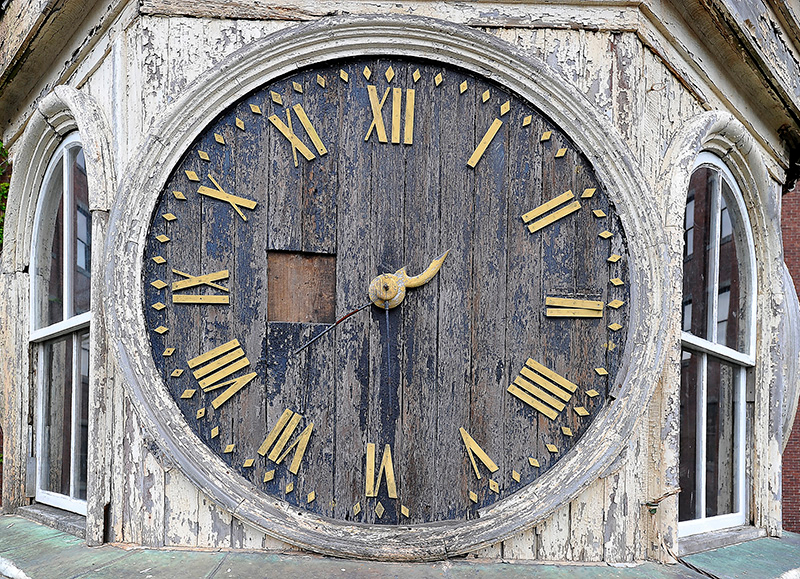
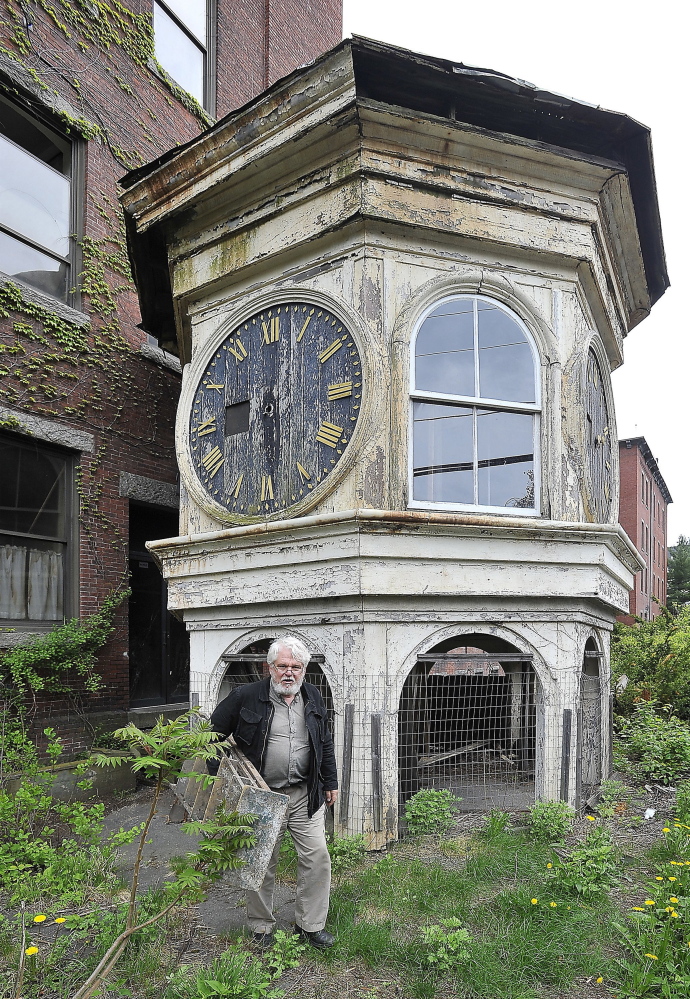
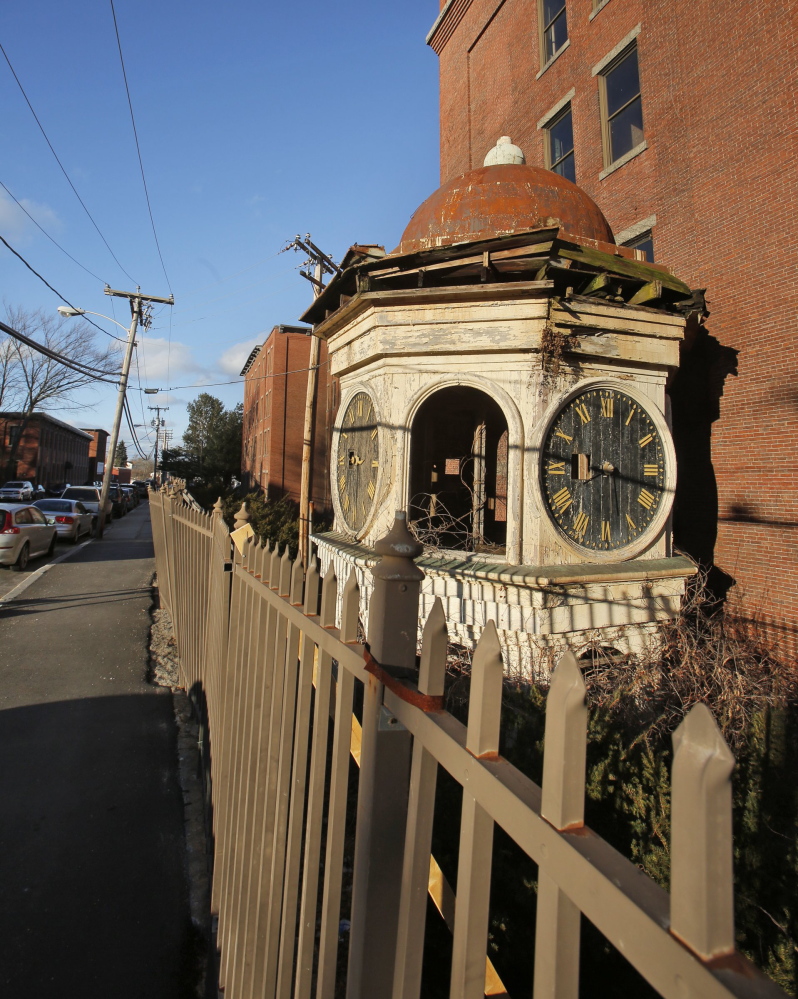
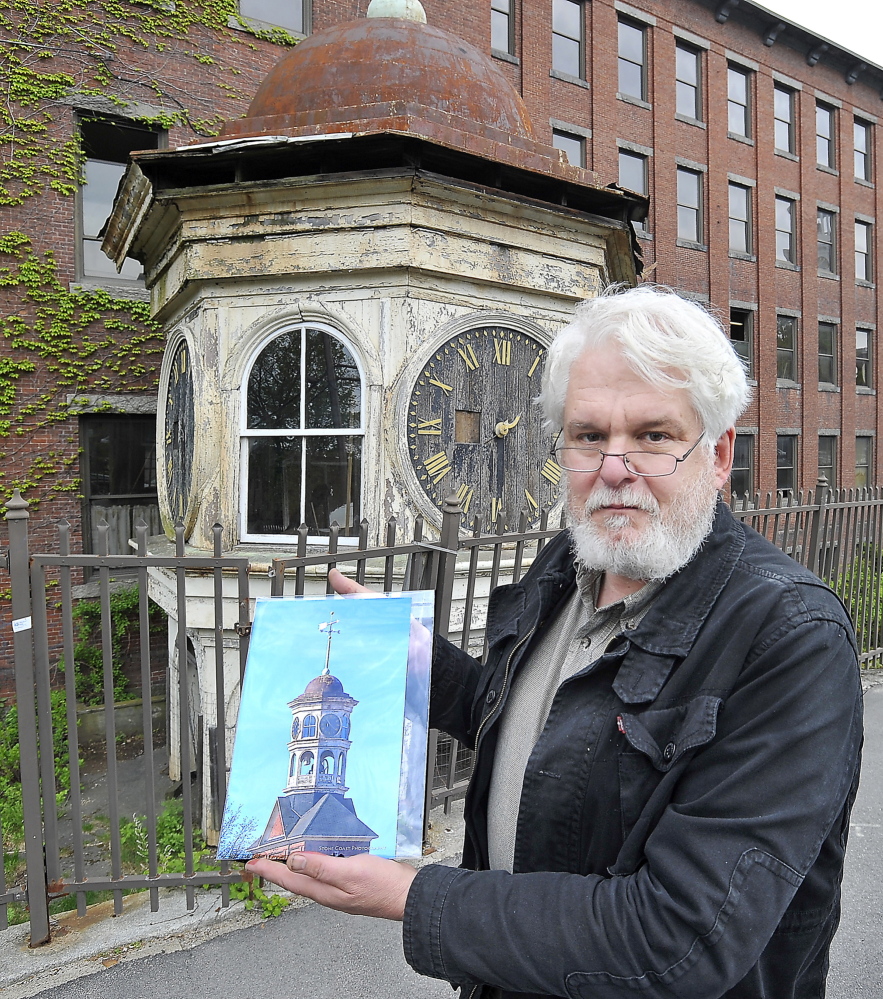

Success. Please wait for the page to reload. If the page does not reload within 5 seconds, please refresh the page.
Enter your email and password to access comments.
Hi, to comment on stories you must . This profile is in addition to your subscription and website login.
Already have a commenting profile? .
Invalid username/password.
Please check your email to confirm and complete your registration.
Only subscribers are eligible to post comments. Please subscribe or login first for digital access. Here’s why.
Use the form below to reset your password. When you've submitted your account email, we will send an email with a reset code.